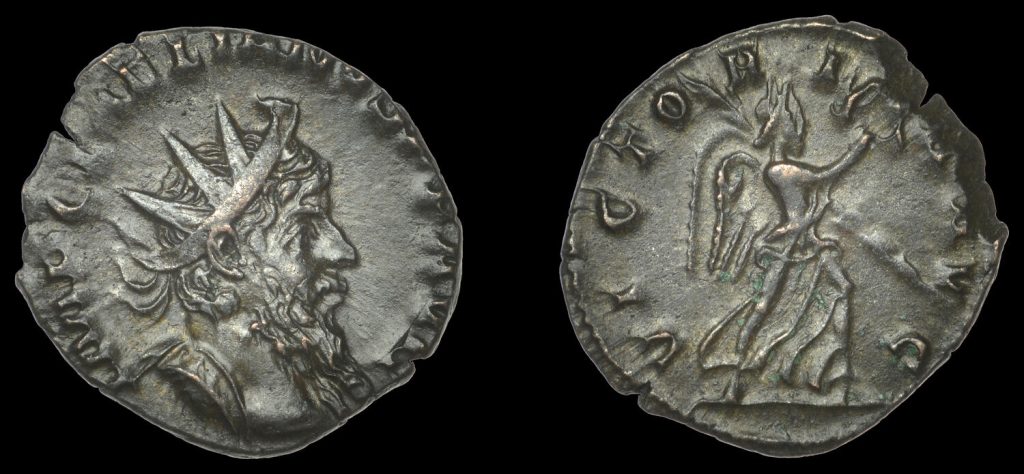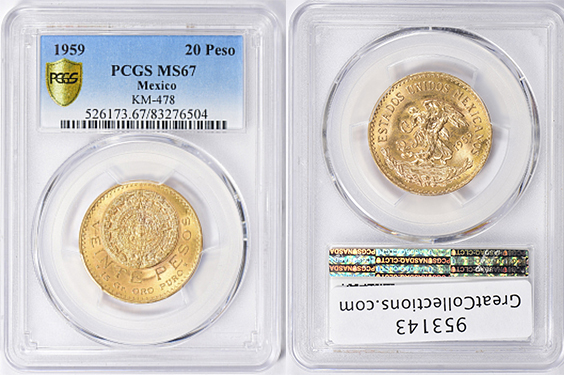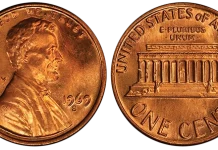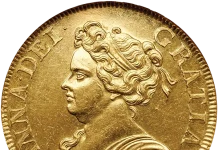
By Antoinette Rahn
If you’ve been to, watched, or participated in a few coin auctions in your lifetime, you’re likely familiar with just how intense it can get when one or more people are after the same lot. All it takes is two, and it comes down to two before it gets to that one person who walks away with the treasure they were after and a little less money in their pocket.
I don’t have a crystal ball to predict whether these four lots will generate headline-making sale prices following fascinating bidding battles. Still, each of the coins featured in this blog has a little “something” that knowledge and intuition tell me is special. See what you think.
1793 Liberty Cap Cent, S-14, Rarity-5-, AU-53+ (PCGS)
This beauty bears a “scar” of sorts, which in my opinion, only makes it that much more fascinating. In numismatic circles, this coin is called the Famous Charles Jay 1793 Sheldon-14 Liberty Cap Cent.
Having provenance in the Charles Jay collection is undoubtedly impressive, but it’s the story shared by Mr. Q. David Bowers of how it was first acquired, from a non-collector nonetheless, that intrigues me. As Mr. Bowers writes in his book “United States Copper Coins: An Action Guide for the Collector and Investor,” the coin was purchased in 1962 by Bowers’ business associate James F. Ruddy while on a trip to England. The coin is, according to some, in uncirculated grade. Mr. Bowers also reported that four were found in England of the premiere seven examples of this coin listed in the census listings.
This large cent boasts a vertical crack, which cleanly divides the two halves, leaving the left half of the obverse at a higher plane than the right. The crack, which is present in all examples know to exist, almost certainly split during the hardening process, states the lot description in the Stack’s Bowers Rarities Night Auction, Session 4, slated to begin on March 25.
1870 25C Liberty Round 25 Cents, BG-836, High R.7, MS61 NGC.
This Liberty Round 25 cent coin is one of three pieces to have been certified, according to the Heritage Auctions lot description. This stunning piece is a rare variety as well, due to the fact that the date appears on the obverse with the design of berries in a wreath appearing on the reverse.
According to PCGS, only four such fractional pieces are known to exist, making this a true treasure. Thus far PCGS has graded only two, with this one the lone example graded by NGC. The Heritage Auctions’ lot description describes its presentation as “Luster is satiny with honey-gold hues…”
This coin will cross the auction block at Heritage Auctions on March 15 during the Fractional Gold U.S. Coin Specialty Monthly Auction.
Laelianus Antoninianus, Mainz or Trier, 269, Roman Imperial coinage
This coin caught my attention for a couple of reasons but mostly because of the ingenuity expressed and executed by ancient coin makers. The details on this coin, especially the portrait of Laelianus, is quite impressive, considering his reign was short and took place in 269. How the artists did the coin work they did at the time is truly remarkable. According to historical accounts, Laelianus was a self-imposed emperor, taking the title from Postumus, the emperor of the Gallic Empire. This may be one of the factors that prompted the inclusion of a victory figure, which is advancing right on the coin’s reverse. It’s thought that Laelianus was a senior officer in Postumus’ military. His rule was said to conclude just two months in as he was executed, reportedly at the hand of his own soldiers.
This lot is one of 72 of ancient coinage featured in a March 10 auction presented by Dix Noonan Web.
1959 Gold 20 Pesos, KM-478, PCGS MS-67
Initially minted in 1917, the gold 20 pesos was reportedly part of the government’s efforts to help restore the citizenry’s confidence in the economically decimated currency. In addition to the 20 peso, the government also issued pesos in five and ten denominations, and later 2½ pesos and a 50 pesos came to fruition. The government issued the 20 pesos between 1917 and 1921 and then brought it back in 1959.
The reverse of the pesos pays tribute to the Aztec calendar with a captivating image, while the obverse bears the image of an eagle atop a cactus with a snake in its beak. This featured coin appears in the March 7 World and Ancient Coins auction presented by GreatCollections.com.















